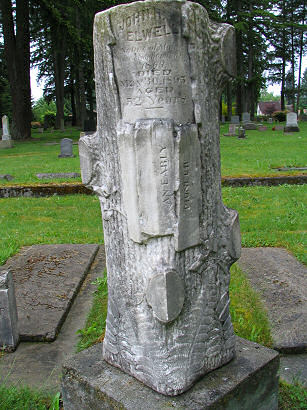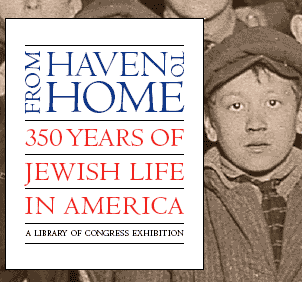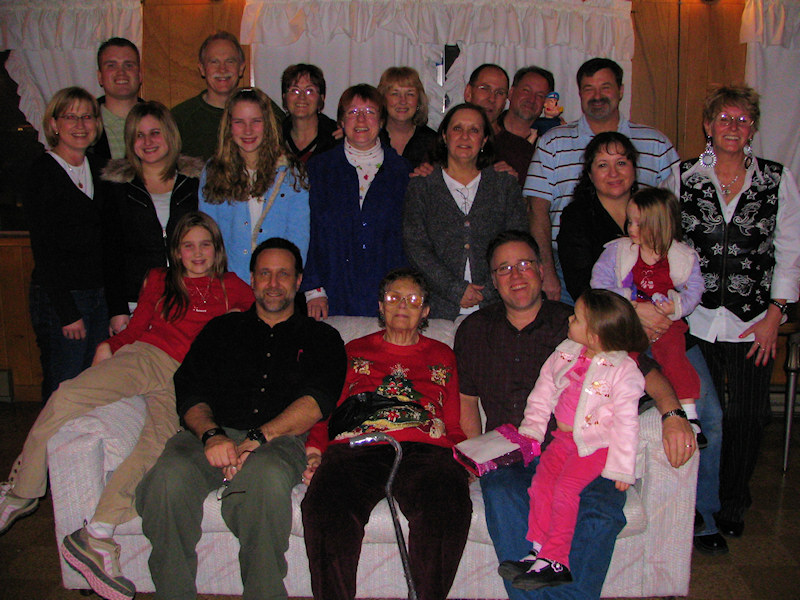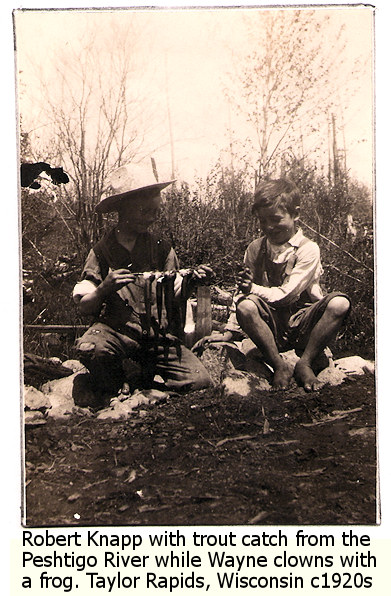Kimberly Powell of About Genealogy wrote an interesting article on the “5 Steps to Writing Your Family History”.
Though titled “10 steps”, the article covers only five, but they are part of a very simple but solid plan for starting your family history research project. Basically, she instructs you to choose a format for displaying and sharing your family history, define the scope of your family history (not trying to cover everyone), set deadlines, choose a plot and theme so you can tell your family’s story from a perspective like rags to riches or rising out of slavery, and do your background research, uncovering the elements to help tell your story.
If I were making my own step by step guide for starting your genealogy research project, I would tell you to start with one person, a grandparent or great grandparent, and research everything you can find about that person. Dig into records to find birth, marriage, divorce, and death certificates. Dig into court documents to see if they ever filed papers in court for or against someone. Check land records for property ownership, rental, lease, or mortgages. Check military records. Go through photo albums and dig up every picture, note card, letter, and every item that gives you information about this person.
Then turn to living relatives and ask them what they know and remember. Ask them about the rumors and the true stories. See if they have any papers or photographs of this person for you to copy to add to your collection.
Along the way you will learn about this person’s children and grandchildren, as well as their sisters and brothers, parents, and grand parents. Maybe their great grandmother was alive and living with them, which influenced your ancestor’s life. As you learn about the other people who impacted and revolved around the life of your ancestor, add their notes to your research, but stay focused on the one person.
When you have completed their story, then choose a format and figure out how to share that information with others.
When you’ve completed their story and the project, you should now have a fairly good idea of what it will take to research other family members, and off you may go, digging into more past lives of your ancestors.







